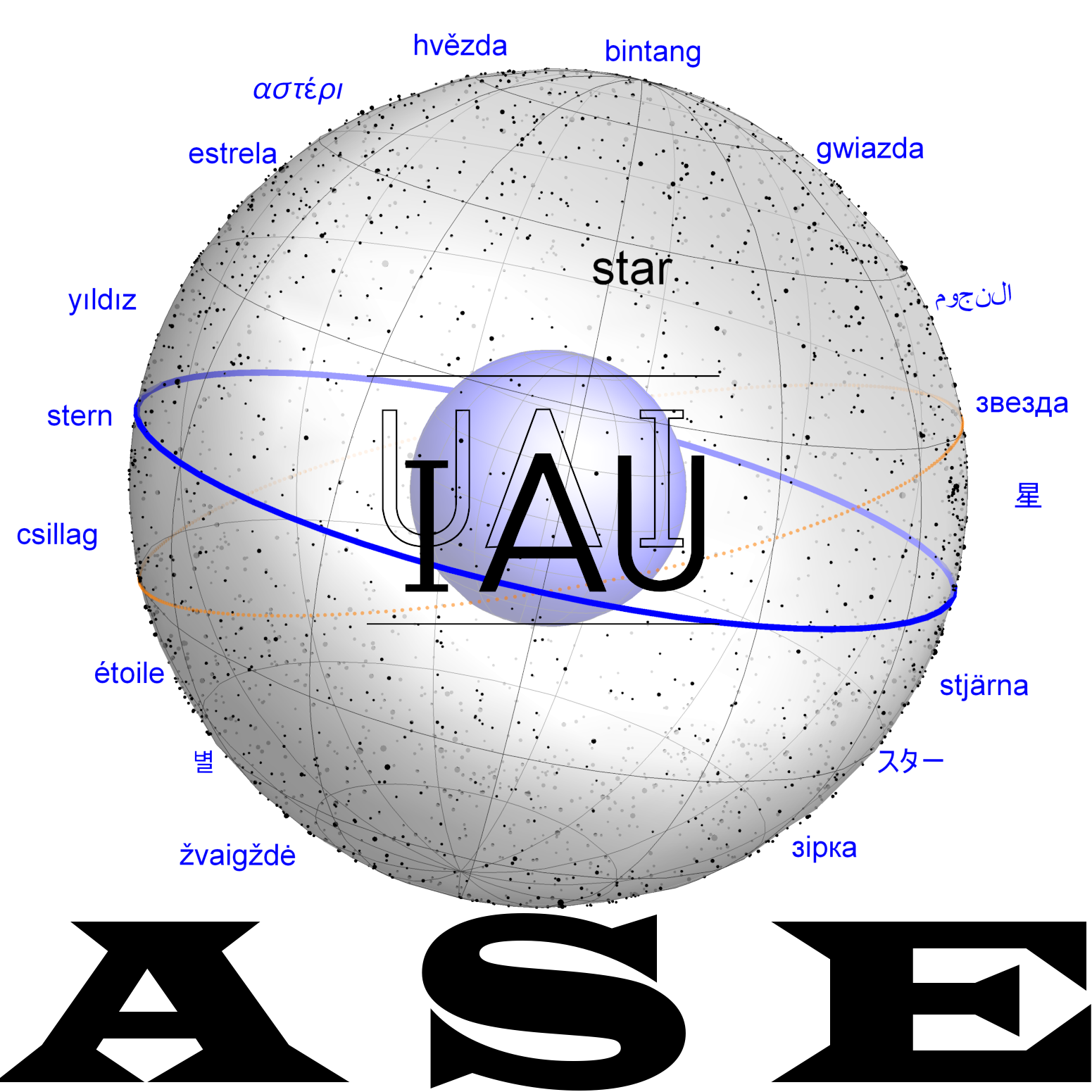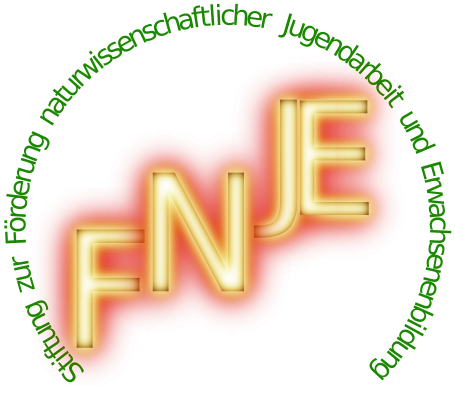Musca: Difference between revisions
(Created page with "One of the 88 IAU constellations. The constellation was invented by Dutch sailors in the 1590s, perhaps a navigation aid. ==Etymology and History== The Greek constellation ... === Origin of Constellation === === Transfer and Transformation of the Constellation === == Mythology == == Weblinks == * == References == * References (general) * References (ancient Greco-Roman) * References (Me...") Tag: Disambiguation links |
No edit summary |
||
| (9 intermediate revisions by 2 users not shown) | |||
| Line 1: | Line 1: | ||
[[File:Musca IAU.svg|alt=star chart|thumb|Musca star chart (IAU and Sky & Telescope magazine, Roger Sinnott & Rick Fienberg)]] |
|||
One of the [[:Category:88_IAU-Constellations|88 IAU constellations]]. The constellation was invented by Dutch sailors in the 1590s, perhaps a navigation aid. |
One of the [[:Category:88_IAU-Constellations|88 IAU constellations]]. The constellation was invented by Dutch sailors in the 1590s, perhaps a navigation aid. |
||
==Etymology and History== |
==Etymology and History== |
||
[[File:DeHoutman Vlieghe.JPG|alt=screenshot(s) of text|thumb|de Houtman (1603) "de Vlieghe", the Fly (Musca). screenshot of star catalogue. The four stars appear to be, in order, Gamma, Alpha, Beta and Delta Muscae (Apparent V magnitudes 3.84, 2.69, 3.04, and 3.61 respectively).]] |
|||
The Greek constellation ... |
|||
=== Origin of Constellation === |
=== Origin of Constellation === |
||
The little asterism also forms part of Indigenous constellations and is, therefore, recognizable as a pattern. The interpretation of a fly might have mnemonic purpose. |
|||
The Southern Cross, today's constellation [[Crux]], had been used for almost a century by the time of the invention of Musca. A kite-like pattern of stars, however, is not unique in the sky, and sailors had occasionally misnavigated with the asterism of the False Cross (a pattern of stars in Vela). It is somehow striking that the same Dutch sailors who enlarged the body of The Ship, Argo, so that it contains the False Cross, also created this extra constellation next to the real cross (Crux). They do not give any explanation for their inventions but perhaps the little pattern of the Fly (Musca) contributed to distinguish Crux from the False Cross. |
|||
The depiction of the Fly is, however, much closer to [[Chamaeleon]] than to any other constellation: On the early globes by Blaeu and Plancius the Fly is obvious the prey of the Chamaeleon: a second hunting scence neighboring [[Dorado]] and [[Volans]]. |
|||
The whole group might have served navigational purpose - or star hopping/ recognition purposes for the sake of navigation. |
|||
=== Transfer and Transformation of the Constellation === |
=== Transfer and Transformation of the Constellation === |
||
<gallery> |
|||
File:Blaeu1602 Cha+Mus+Cru.JPG|Musca, Chamaeleon and Crux on Blaeu's first globe (1602) that is a copy of Plancius/ Hondius (1598). [https://collections.rmg.co.uk/mediaLib/360/media-360270/large.jpg RMG] |
|||
File:Blaeu1603 Cru+Mus+Cha.JPG|Musca, Chamaeleon and Crux on Blaeu (1603), the globe that is based on de Houtman's data. [https://collections.rmg.co.uk/mediaLib/398/media-398216/large.jpg RMG] |
|||
File:Musca Bayer1603.jpg|Musca labelled as "Apis", The Bee, in Bayer (1603). |
|||
File:Mus Fortin1795.jpg|Musca in Fortin's Atlas Céleste, 3rd edition (1795). |
|||
</gallery>Ian Ridpath has summarized the history of Musca in Star Tales at http://www.ianridpath.com/startales/musca.html. |
|||
The unnamed fly appeared on the globe of Plancius (1598), just above the new constellation Chamaeleon. For several years afterwards globes circulated which had the new Chamaeleon + unnamed fly. Globes produced by Jodocus Hondius which had the fly, still unnamed, were apparently used by Bayer to inform construction of the Uranometria (1603) - however he apparently did not know what insect it was supposed to represent, so considered a bee and called it "Apis" (not to be confused with "Apus" - the bird of paradise). In 1602 globe-maker Willem Janszoon Blaeu copied the constellation, but attached the name Musca. In 1603, de Houtman published a star catalog and maps which listed the tiny constellation as "De Vlieghe" - "the fly" - in Dutch. |
|||
== Mythology == |
== Mythology == |
||
== IAU WGSN Discussion == |
|||
Following one of the principles of modern star naming, WGSN discussed the option of naming the brightest star of the constellation with the original Dutch constellation name. However, there is a Wardaman (Australian Aboriginal) name for this star, too: Burangalul, "forehead band" of the "Buran" [Boomerang = Musca] ("Dark Sparklers", Cairns & Harney 2003: p.202). |
|||
Other names that could be considered for stars in Musca |
|||
* "Vlieghe" - de Houtman's (1603) Dutch name for the constellation. |
|||
* "Apis" - while having a historical connection to the origins of the constellation Musca through Bayer's (1603) Uranometria, the name could be confusing as there is the IAU constellation "Apus" which sounds the same. |
|||
== Weblinks == |
== Weblinks == |
||
Latest revision as of 20:34, 3 May 2025
One of the 88 IAU constellations. The constellation was invented by Dutch sailors in the 1590s, perhaps a navigation aid.
Etymology and History
Origin of Constellation
The little asterism also forms part of Indigenous constellations and is, therefore, recognizable as a pattern. The interpretation of a fly might have mnemonic purpose.
The Southern Cross, today's constellation Crux, had been used for almost a century by the time of the invention of Musca. A kite-like pattern of stars, however, is not unique in the sky, and sailors had occasionally misnavigated with the asterism of the False Cross (a pattern of stars in Vela). It is somehow striking that the same Dutch sailors who enlarged the body of The Ship, Argo, so that it contains the False Cross, also created this extra constellation next to the real cross (Crux). They do not give any explanation for their inventions but perhaps the little pattern of the Fly (Musca) contributed to distinguish Crux from the False Cross.
The depiction of the Fly is, however, much closer to Chamaeleon than to any other constellation: On the early globes by Blaeu and Plancius the Fly is obvious the prey of the Chamaeleon: a second hunting scence neighboring Dorado and Volans.
The whole group might have served navigational purpose - or star hopping/ recognition purposes for the sake of navigation.
Transfer and Transformation of the Constellation
Musca, Chamaeleon and Crux on Blaeu's first globe (1602) that is a copy of Plancius/ Hondius (1598). RMG
Musca, Chamaeleon and Crux on Blaeu (1603), the globe that is based on de Houtman's data. RMG
Ian Ridpath has summarized the history of Musca in Star Tales at http://www.ianridpath.com/startales/musca.html.
The unnamed fly appeared on the globe of Plancius (1598), just above the new constellation Chamaeleon. For several years afterwards globes circulated which had the new Chamaeleon + unnamed fly. Globes produced by Jodocus Hondius which had the fly, still unnamed, were apparently used by Bayer to inform construction of the Uranometria (1603) - however he apparently did not know what insect it was supposed to represent, so considered a bee and called it "Apis" (not to be confused with "Apus" - the bird of paradise). In 1602 globe-maker Willem Janszoon Blaeu copied the constellation, but attached the name Musca. In 1603, de Houtman published a star catalog and maps which listed the tiny constellation as "De Vlieghe" - "the fly" - in Dutch.
Mythology
IAU WGSN Discussion
Following one of the principles of modern star naming, WGSN discussed the option of naming the brightest star of the constellation with the original Dutch constellation name. However, there is a Wardaman (Australian Aboriginal) name for this star, too: Burangalul, "forehead band" of the "Buran" [Boomerang = Musca] ("Dark Sparklers", Cairns & Harney 2003: p.202).
Other names that could be considered for stars in Musca
- "Vlieghe" - de Houtman's (1603) Dutch name for the constellation.
- "Apis" - while having a historical connection to the origins of the constellation Musca through Bayer's (1603) Uranometria, the name could be confusing as there is the IAU constellation "Apus" which sounds the same.










